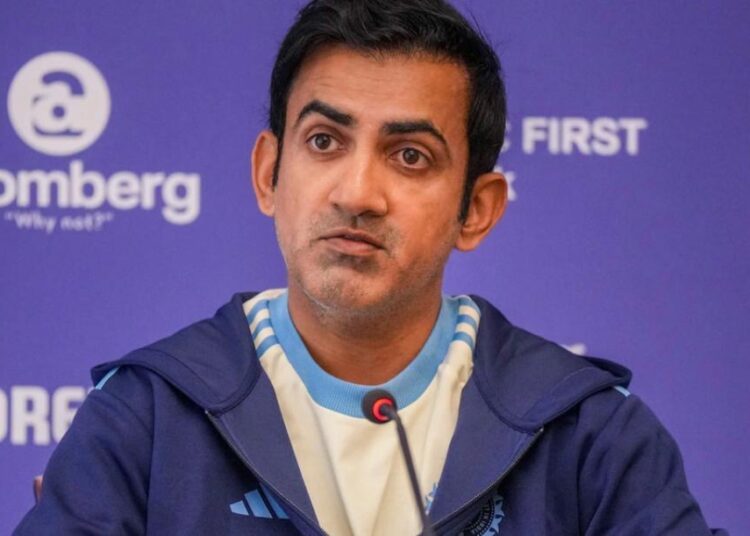Clearly, this Indian team seems to have forgotten how to win Test matches at home. And the reasons are visible. For starters, they don’t appear to have clarity on what kind of pitches actually suit them. A team that once dominated purely on the strength of its home advantage now looks unsure about the very tracks that used to be its biggest weapon.
Has coach Gautam Gambhir, despite all his cricketing intelligence, truly established himself in the realm of home Test strategy? His success as a mentor in white-ball cricket is proven, but Test cricket — especially at home — demands a very different kind of planning and long-term vision.
Until India rediscovers its confidence in curating conditions to its strength and develops a stable, informed approach under its current leadership, the struggle in home Tests may continue.
It all began with those three Test matches that India lost to New Zealand. Rohit Sharma was the captain then, and he shared a good rapport with Gautam Gambhir, who was initially expected to play a Rahul Dravid-like role — staying in the background and allowing the captain and seniors to take the lead. For the first two Tests, Gambhir indeed kept his distance, observing the proceedings quietly as India slipped to defeats.
But once the series was all but gone, everything changed. Ahead of the third Test, Gambhir stepped in decisively and pushed for a sharp turning track — a move that did not sit well with several senior players. The gamble backfired, India lost the match, and New Zealand completed a stunning 3–0 whitewash.
Gambhir’s takeover during that phase was so assertive that even Rohit had to eventually give way to a new direction in India’s Test approach. The episode marked a clear shift in how the team would be run, and it raised questions about balance, continuity, and clarity in leadership during a crucial transition period.
With the West Indies series being a no-brainer, Gambhir’s open displeasure with the Ferozeshah Kotla pitch — a surface he should know better than anyone, given it’s his home ground — was surprising. And then, to follow that up by insisting on a heavily spin-friendly track for the South Africa series only highlighted that India’s head coach still has much to prove in the longer format.
The decision to go in with four spinners and a cluster of all-rounders backfired badly. The Test not even lasting beyond Day Three has left the local association frustrated as well. After all, what’s the point of hosting a marquee Test when Kolkata is showing that crowds can still come in droves to support the longest format?
These choices, and their consequences, raise uncomfortable questions. And sooner or later, Gambhir will have to explain the logic behind such extreme tactical calls — especially when they risk doing more harm than good to India’s Test cricket culture. At the very least, Gambhir should, as coach, have a firm grasp of how his team performs on turning tracks before demanding surfaces that don’t suit their current strengths.

















Excellent article!
Certain discussions and decisions should remain within the confines of Administrators and Team Management .Having publicly staying that this is the exact pitch we wanted and exact pitch we got , it shows firstly the lack of faith overall irrespective of abilities that one has in the players .One may question this rationale but if you have faith in your players then have faith in their abilities to perform and adjust accordingly in line with their responsibility experience and abilities .For a Test Match first of this series vs SA at Eden , ond of the world’s most respected and loved Venues to see a Test Match finishing halfway almost on the third day , this is unusual for Indian Cricket and that too chasing 123 to win .A sad day for Indian Cricket , players and fans .No lessons learnt also from previous games and no strategies chasing low scores in the 4th / last innings of a Test Match .